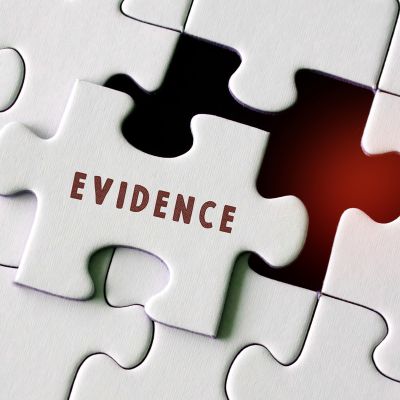Workplace investigations are a critical tool and a foundational skill for P&C, however they can become particularly challenging when conflicting evidence arises. When two parties provide opposing versions of events, determining the truth can be complex.
Recently, I was conducting an investigation in a larger organisation and had to contend with this issue. Sam claimed that Charlie was rude, aggressive and bullying by making hurtful remarks, sending an inappropriate email to the team about Sam and excluding them from team activities.
Charlie denies all allegations, stating that all of their comments, whether 1:1 or in a Teams team meeting, were about Sam’s performance. Charlie was adamant, they were not personal attacks. Charlie also denied that their tone and message in any email was inappropriate.
Interviewing the team was like lobbing a hand grenade as the team members all felt as though were they compelled to chose sides. Further after interviews with 5 colleagues, I had nothing but mixed accounts of behaviour all along partisan lines.
However, an effective investigation will gather all the relevant facts and determine whether the allegations are substantiated or not. But when faced with conflicting accounts, this process can become difficult, especially when there is very limited physical evidence to rely on.
Conflicting Evidence: A Common Issue

Conflicting evidence is common in workplace disputes, where emotions and personal perspectives can influence each party’s version of events. We often find that people are stuck in narratives about the other person, making assumptions about behaviours. Of course in a Workplace Investigation, the job of the investigator is to disentangle the feelings about what occurred and making findings of fact about what did occur.
When assessing the evidence and making findings we are bound to use the balance of probabilities standard. This means that the investigator must decide which event, allegation or part of an allegation is more likely than not to have occurred. While this is a lower standard than the criminal “beyond reasonable doubt,” it still requires careful consideration, particularly when no clear evidence exists and then there are significant impacts from the outcome, such as the potential termination of someone’s employment.
3 strategies for Managing Conflicting Evidence
- Seek Supporting Evidence
Investigators should always look for supporting evidence to verify one party’s version of events. In the case of Sam and Charlie, reviewing email logs, recorded Teams meetings and Teams chats as well as interviewing colleagues helped uncover valuable information. - Follow-up Interviews
Conducting follow-up interviews can help clarify inconsistencies. In this case I had to go back and ask Sam and Charlie for more specific details to challenge and then deliberate on their conflicting claims. These additional details exposed discrepancies and provide new insights. It also helped in separating their response to an event and the actual facts of what occurred. - Assess Credibility
Often the most important aspect of this is assessing the credibility of each person you interview. There are times as investigator when you do not believe one of the parties and it can be hard to understand why. Investigators must consider a range of elements such as conflicting evidence, plausibility (but be careful as the implausible does happen!), absolute rejection responses and much more. Also, you have to be careful of your own biases that may stem for your assumptions. Crucially, if you are to discount the credibility of a person, then you need to be able to clearly articulate this in your Investigation Report. Charlie, did not fair well in this case! On occasion patterns of behaviour or similar complaints may also provide clues to credibility. In this case there were a number of people who said that had not seen anything untoward by Charlie to Sam, however they described almost identical behaviour to that being complained of, happening to them by Charlie.
Getting the balance right
Conflicting evidence is a frequent challenge in workplace investigations. My recent case of Sam and Charlie illustrates how such disputes complicate the investigative process. However, by seeking corroborating evidence, conducting follow-up interviews and balancing the credibility of those involved and the witnesses, an investigator can reach a fair conclusion on the balance of probabilities. Though a workplace investigation must never be seen as a conflict resolution tool, as it apportions blame and does not solve workplace conflict, and in this case after the investigation the Team was still in significant stress they required a range of interventions.
If you would like to learn the skills of conducting a workplace investigation, please click on the image below and join me for a practical full day workshop on conducting workplace investigations.
If you’ve liked this blog you may also want to check out the following:



